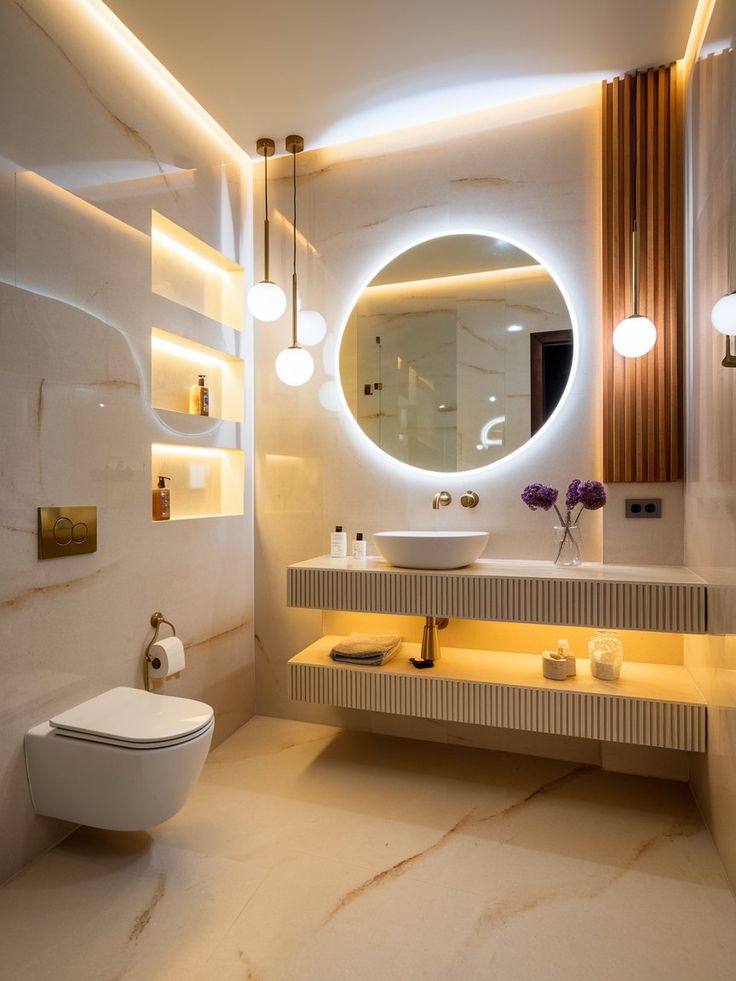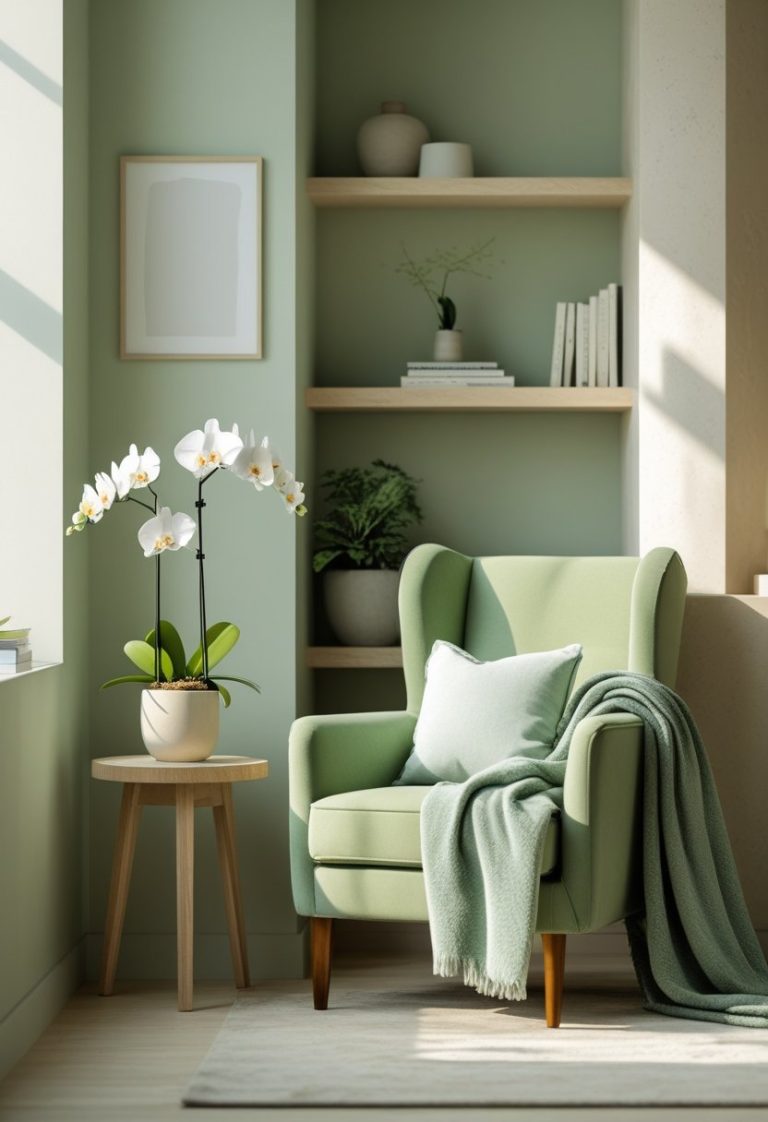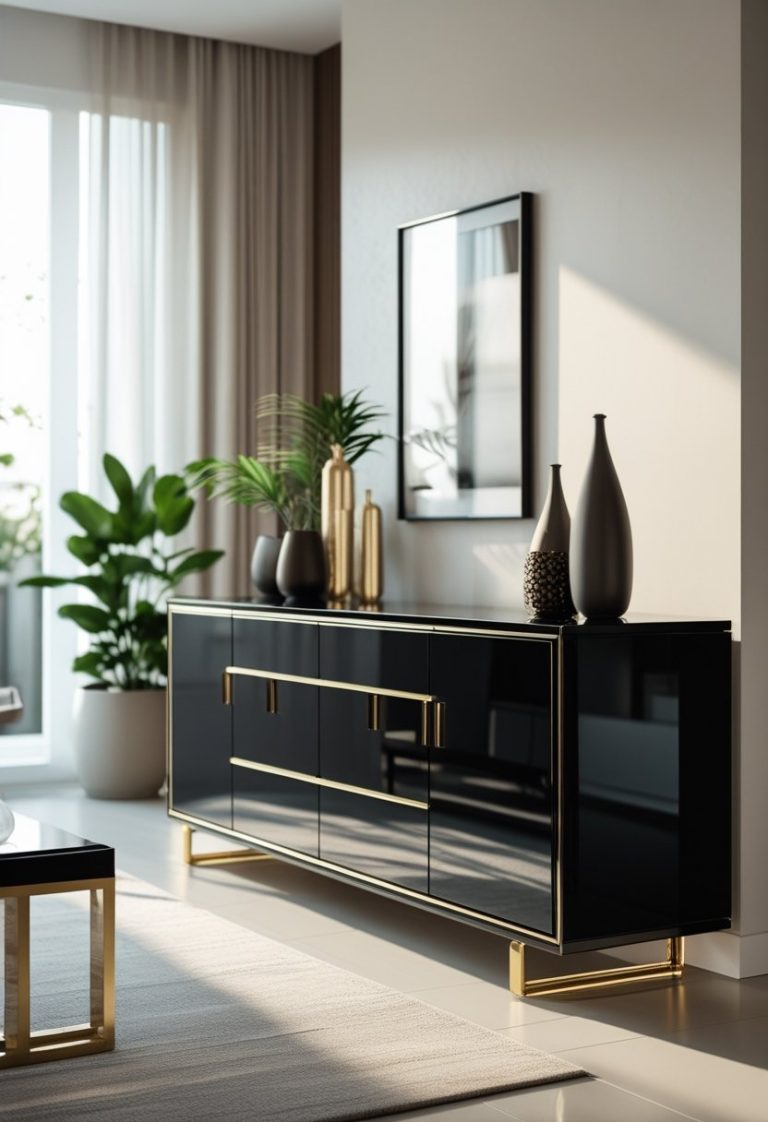Modern Window & Roof Design: Expert Install & Maintenance
Modern window design offers a variety of styles that enhance both the look and energy efficiency of a home. From sleek, minimal frames to large, panoramic glass panels, each type serves different aesthetic and functional needs.

When choosing roof shingles, selecting the right material and knowing proper installation and maintenance techniques is crucial to ensure durability and weather resistance. This knowledge helps homeowners avoid common roofing problems and extend the life of their roof.
Combining the right windows with well-installed roof shingles contributes to a home’s overall comfort and value. Understanding both aspects allows for better decision-making during renovations or new constructions.
Fundamentals of Modern Window Design for Homes

Modern window design combines functionality, energy efficiency, and visual impact. These windows balance technical features like glazing with design elements that enhance insulation and aesthetics, contributing to the home’s overall performance and appearance.
Key Elements of Modern Windows
Modern windows prioritize sleek frames, large glass panels, and innovative opening mechanisms. Materials like aluminum, vinyl, and fiberglass offer durability and low maintenance. Frames are often slim to maximize glass area, enhancing natural light.
Hardware plays a significant role. Multi-point locking systems improve security, while smooth operation ensures ease of use. The design often includes thermal breaks within frames to reduce heat transfer.
The integration of technology, such as smart glass or automated blinds, is increasingly common. These elements improve the home’s adaptability to changing environmental conditions without sacrificing style.
Glass Types and Glazing Options
Glass choice directly affects performance and comfort. Common options include tempered, laminated, and insulated glass units (IGUs). IGUs consist of two or more glass panes separated by a spacer, often filled with inert gas like argon to improve insulation.
Low-emissivity (Low-E) coatings are critical for reflecting infrared light, reducing heat gain in summer and heat loss in winter. These coatings help maintain consistent indoor temperatures.
Double or triple glazing options are common in modern windows, significantly increasing thermal insulation. Additional layers also reduce noise pollution, enhancing indoor comfort in urban or noisy areas.
Energy Efficiency and Insulation
Energy-efficient windows reduce heating and cooling demands. Key metrics include U-factor (heat transfer rate) and Solar Heat Gain Coefficient (SHGC). Lower values signify better insulation and less solar heat penetration.
Proper window installation, including airtight seals and quality flashing, prevents drafts and moisture infiltration. Combined with insulated frames and advanced glazing, this reduces utility costs.
Many modern windows also meet Energy Star ratings or similar certifications. Choosing windows with these qualifications ensures compliance with energy codes and long-term savings.
Aesthetic Appeal and Curb Appeal
Modern windows emphasize clean lines and minimalism, often featuring large, unobstructed glass areas. Frame colors range from monochrome neutrals to bold shades, tailored to architectural styles.
Design flexibility allows customization in shape and size, making windows focal points that enhance the curb appeal. Consistent alignment and symmetry also contribute to a polished exterior appearance.
The integration of window treatments, such as integrated blinds or tinting, adds to both functionality and style. Well-chosen windows can significantly increase the perceived value and attractiveness of a home.
Types of Modern Windows for Home Design

Modern window designs balance aesthetics, functionality, and energy efficiency. Different styles serve distinct purposes such as maximizing views, improving ventilation, or adding unique architectural elements to a home’s interior and exterior.
Picture Windows
Picture windows are fixed, non-operable windows designed to provide expansive, unobstructed views. They are best suited in living rooms or spaces where natural light and outside scenery are priorities.
They typically have large glass panes, framed minimally to emphasize the view rather than the window structure. Their airtight design enhances energy efficiency by reducing drafts. However, picture windows offer no ventilation, so they are often paired with operable windows nearby.
In terms of style, these windows complement modern and minimalist home designs by creating visual openness without interrupting the wall surface. They require occasional professional cleaning due to their size and fixed installation.
Awning Windows
Awning windows are hinged at the top and open outward, allowing air to flow freely even in light rain. This makes them ideal for bathrooms, kitchens, and basements that need ventilation without compromising weather protection.
They are usually smaller than picture windows and can be combined with other window types in multiples or in combination with fixed panes. Awning windows contribute to home design by adding subtle architectural interest through their angled openings.
Awning windows seal tightly when closed, improving insulation and reducing energy loss. Their hardware can be simple or more decorative, influencing both functionality and the interior design style.
Specialty Windows
Specialty windows include custom shapes like circles, triangles, or arches designed to fit unique architectural features. They serve aesthetic purposes more than functional ventilation or wide views.
These windows highlight specific design elements in a home, such as vaulted ceilings or curved walls. They often act as accents that enhance the overall home design by introducing creative forms and natural light.
Specialty windows usually require custom manufacturing, which can increase installation cost and time. They are fixed or operable depending on design, but their main value is in adding distinctive character to interior and exterior spaces.
Roof Windows and Skylights: Enhancing Natural Light

Roof windows and skylights significantly increase natural light in interior spaces while improving ventilation and air quality. Selecting the right type depends on the desired function, installation position, and the building’s architectural features.
Types of Roof Windows
Roof windows come in fixed, manual, and electric types. Fixed roof windows provide constant daylight but do not open, ideal for rooms where ventilation is less critical. Manual roof windows can be opened by hand or with a pole, offering moderate ventilation and flexibility.
Electric roof windows include remote-controlled options that integrate with smart home systems for automated opening and closing. Most roof windows have insulated glazing to improve energy efficiency. Proper flashing and sealing are essential during installation to prevent leaks and drafts.
Skylights and Rooflights
Skylights are fixed or operable windows installed flat or at a slight angle on the roof. They are mostly fixed and optimized for maximum light transmission. Rooflights, often larger and designed for flat roofs, allow broad daylight to enter open-plan areas.
Both skylights and rooflights utilize double or triple glazing with UV coatings. Materials include tempered glass or acrylic, balancing durability and clarity. They require precise installation to avoid condensation and heat loss. Placement is strategic, based on sun path and room use.
Ventilation and Indoor Air Quality
Roof windows and operable skylights boost indoor air quality by allowing stale air to exit and fresh air to circulate. This is especially important in attics, bathrooms, and kitchens where moisture and odors accumulate.
Ventilation through roof openings reduces risks of mold and mildew. Some systems pair with trickle vents or heat-recovery ventilators for controlled airflow. Regular maintenance of seals and hinges ensures consistent performance and prevents water ingress.
Choosing the Perfect Roofing Materials

Selecting roofing materials requires balancing durability, cost, and aesthetic appeal. Some materials offer long lifespans with higher upfront costs, while others focus on affordability and ease of installation. Understanding the properties of each option helps in making an informed decision.
Asphalt Shingles
Asphalt shingles are among the most popular roofing materials due to their affordability and straightforward installation process. They come in various colors and styles, allowing homeowners to customize the roof’s appearance without significant expense.
These shingles provide good weather resistance, especially against wind and rain, but have a moderate lifespan ranging from 15 to 30 years. Maintenance is relatively simple but may require spot repairs or replacement of damaged shingles over time. Asphalt is lighter than traditional tile or slate, reducing structural load concerns.
Metal Roofing Options
Metal roofing includes materials like steel, aluminum, and copper, known for long-term durability and low maintenance. These roofs resist fire, rot, and insect damage while offering excellent performance in extreme weather conditions.
Metal roofing reflects solar radiant heat, improving energy efficiency in warm climates. Installation can be more complex and costly compared to asphalt shingles but provides a lifespan of 40 to 70 years. The material is lightweight and recyclable, appealing to environmentally conscious homeowners.
Tile and Slate Roofing
Tile and slate roof shingles are prized for their classic look and exceptional longevity, often lasting over 50 years. Both materials offer high resistance to fire and severe weather, although they tend to be heavy and require sturdy roof framing.
Clay or concrete tiles are available in multiple colors and shapes, enhancing curb appeal. Slate roofing is natural stone, requiring skilled installation and higher upfront costs but delivering outstanding durability. Maintenance involves inspecting for cracked or broken tiles, which can be individually replaced without redoing the entire roof.
Innovative and Specialty Roof Shingles

Modern roofing offers choices that balance durability, aesthetics, and environmental benefits. These shingles vary in materials and technology, addressing different needs like enhanced weather resistance, energy efficiency, and unique design appeal.
Architectural Roof Shingles
Architectural roof shingles are designed with multiple layers for increased thickness and texture. They provide better longevity and improved resistance to wind and impact compared to standard asphalt shingles.
These shingles often mimic natural materials, enhancing curb appeal without the high cost or maintenance. Their dimensional look can increase a home’s value and withstand diverse weather conditions effectively.
Installation requires careful alignment to maintain their 3D effect. Maintenance is minimal but includes routine inspections for curling or cracking, especially after storms.
Composite and Solar Roof Shingles
Composite roof shingles combine materials like fiberglass, plastic, and recycled substances to create durable, lightweight roofing options. They resist rot, insects, and fire better than traditional shingles.
Solar roof shingles integrate photovoltaic cells directly into the roofing material. They generate electricity while functioning as conventional shingles, offering an energy-saving solution without bulky panels.
Installation involves specialized techniques to connect electrical systems safely. Maintenance includes regular cleaning and checks on electrical connections to ensure efficiency.
Wood and Tile Roof Shingles
Wood roof shingles typically use cedar or redwood, valued for insulation and natural aesthetics. They require treatment to resist moisture, insects, and fire. Wood shingles age gracefully but need regular maintenance like cleaning and resealing.
Tile roof shingles, usually made from clay or concrete, offer high durability and are fire-resistant. They are heavier and demand a strong roof structure to support the weight.
Tiles offer excellent thermal performance but can crack under impact. Maintenance involves inspecting for broken or slipped tiles and clearing debris to prevent water damage.
Installation of Modern Windows and Roof Shingles

Proper installation of modern windows and roof shingles requires attention to structural integrity and precise techniques. Ensuring secure fitting and weatherproofing is essential for durability and energy efficiency in both elements.
Preparation and Structural Integrity
Before installation, the structure must be inspected for soundness. For windows, the frame opening should be level, square, and free of damage. Any rot or mold in the surrounding wall must be removed and repaired.
Roof framing must support the weight of the shingles; rafters and sheathing should be intact and dry. Checking for sagging or weaknesses allows for reinforcement as needed. Proper underlayment installation is critical to protect against moisture infiltration.
Preparation also includes verifying measurements and ensuring all materials are on hand. Accurate preparation reduces installation errors and improves the lifespan of windows and roof shingles.
Window Installation Techniques
Window installation begins with placing a waterproof barrier around the opening to prevent leaks. The window unit is then inserted, leveled, and shimmed for uniform spacing. Fasteners secure the frame without warping it.
Flashing tape or metal flashing is applied over the window flange to channel water away. Insulation around the frame fills gaps to reduce heat loss and improve soundproofing.
Exterior trim and interior finishing complete the process. Proper sealing and caulking ensure no gaps remain that could allow drafts or moisture entry.
Roof Shingle Installation Process
The roof surface is first covered with a water-resistant underlayment, such as roofing felt or synthetic barrier. Starting from the eaves, shingles are laid in overlapping rows to direct water downward.
Nails are placed just above the tab cutouts, penetrating through the shingle and into the roof deck. Correct nail placement is crucial to prevent shingle movement and uplift in harsh weather.
Each row overlaps the previous one by at least two inches. Ridge shingles are installed at the peak to protect joints from wind and rain. Proper alignment and secure nailing maintain roof integrity and appearance.
Maintenance Strategies for Windows and Roof Shingles

Proper upkeep ensures windows function efficiently and roof shingles protect the home over time. Consistent inspection, cleaning, and timely repairs are essential for preserving their integrity and extending the life of the roofing system and window installations.
Routine Maintenance Tips
Windows require regular cleaning of glass, frames, and tracks to prevent dirt buildup that can impair operation. Lubricating hinges and locks once or twice a year helps maintain smooth function. Sealing gaps with weatherstripping stops drafts and moisture entry.
For roof shingles, visual inspections should occur biannually and after storms. Removing debris like leaves or branches prevents moisture retention, which can degrade shingles. Clearing gutters regularly reduces water backup that stresses the roofing system.
Recording maintenance activities supports timely rechecks. Using proper tools and non-abrasive cleaners protects surfaces from damage during routine upkeep.
Waterproofing and Longevity
Applying waterproof sealants on window frames guards against water infiltration that causes wood rot or frame swelling. Ensuring proper flashing installation around windows prevents leak paths during heavy rain.
Roof shingles benefit from quality waterproof underlayment installation beneath them, which adds a moisture barrier. Periodically checking and reapplying protective coatings can slow shingle wear caused by sun exposure.
Maintaining the roofing system’s ventilation reduces heat buildup under shingles, preventing premature material degradation. Both windows and shingles perform better and last longer when these waterproofing strategies integrate with regular maintenance.
Addressing Damage and Repairs
Promptly fixing cracked or broken window panes prevents heat loss and water entry. Frame damage like warping or rot requires immediate assessment; replacement may be necessary if structural integrity is compromised.
Damaged shingles such as those curling, cracked, or missing must be replaced to maintain the roofing system’s waterproof capability. Spot repairs prevent small issues from escalating into leaks or structural damage.
Hiring professionals for complex repairs ensures adherence to manufacturer guidelines and building codes. Documenting damage and repairs supports warranty claims and future maintenance planning.
Cost-Effectiveness and Home Value Impact

Selecting the right modern window design and roofing material directly affects both ongoing expenses and the property’s market worth. Energy efficiency and durability play a critical role in these financial outcomes.
Maximizing Home Value and Property Value
Modern window designs often boost home value by enhancing curb appeal and providing better natural light. Features such as double or triple glazing and durable frames increase resale appeal.
Similarly, roof shingles that combine longevity with aesthetic appeal raise property value. Materials like architectural asphalt or metal shingles are favored for their resistance to weather and attractive appearance.
Investing in quality installations reduces future repair costs, which buyers consider when valuing a home. Properly maintained windows and roofs contribute to higher appraisals and faster sale times.
Energy Savings and Cost Considerations
Energy-efficient windows reduce heating and cooling expenses by minimizing heat transfer. Low-E coatings and gas fills in modern designs lower energy consumption significantly.
Roof shingles with reflective properties can also decrease cooling costs by deflecting sunlight. Selecting materials rated for high energy efficiency leads to measurable savings on utility bills.
Initial costs may be higher for premium materials, but the reduced energy bills and repair frequency balance expenses over time. Homeowners should compare upfront investment against potential savings using detailed cost-benefit analysis.
| Feature | Impact |
|---|---|
| Double/triple glazing | Lowers heat loss, reduces energy bills |
| High-quality shingles | Fewer repairs, adds aesthetic and resale value |
| Reflective roofing | Decreases cooling costs during hot months |
| Durable installations | Saves money on maintenance and replacement |
Selecting the Right Professionals and Final Considerations
Choosing skilled experts and planning carefully ensures both the windows and roof shingles complement each other and stand the test of time. Coordination between installers and designers is crucial to avoid delays and ensure seamless integration with the home’s style.
Working with a Roofing Contractor
Hiring a licensed roofing contractor is essential for proper installation and warranty protection. They should have experience specifically with the type of shingles chosen, whether asphalt, metal, or synthetic, to ensure durability and performance.
A good contractor will inspect the roof deck, recommend materials suited to the climate, and provide detailed cost estimates. Confirming licensing, insurance, and references helps avoid potential issues during installation.
Clear communication about timelines and expectations prevents misunderstandings. Homeowners should request a written contract outlining materials, labor, and cleanup responsibilities to hold the contractor accountable.
Coordinating Home Renovation Projects
Window installation and roof shingle replacement often overlap during exterior renovations. Coordination minimizes disruptions and risks of weather exposure to unfinished areas.
It is advised to schedule roofing work before or simultaneously with window installation to secure the structure efficiently. This approach saves on labor costs and reduces the chance of water damage.
Regular updates between roofing contractors, window installers, and homeowners maintain alignment on project progress. Proper sequencing protects the integrity of both the roof and the window frames.
Matching Windows and Roof Shingles with Architectural Styles
Selecting windows and shingles that fit the architectural style preserves the home’s visual appeal. Contemporary homes often benefit from sleek, minimalist windows paired with neutral or dark-toned shingles.
In historic or traditional designs, wood-framed or divided-light windows harmonize with classic shingle patterns and colors. Mismatched elements can reduce curb appeal and resale value.
Attention to detail includes matching colors, scale, and textures. For example, large, expansive windows complement modern metal shingles, while smaller, multi-pane windows suit textured asphalt roofing on craftsman homes.






